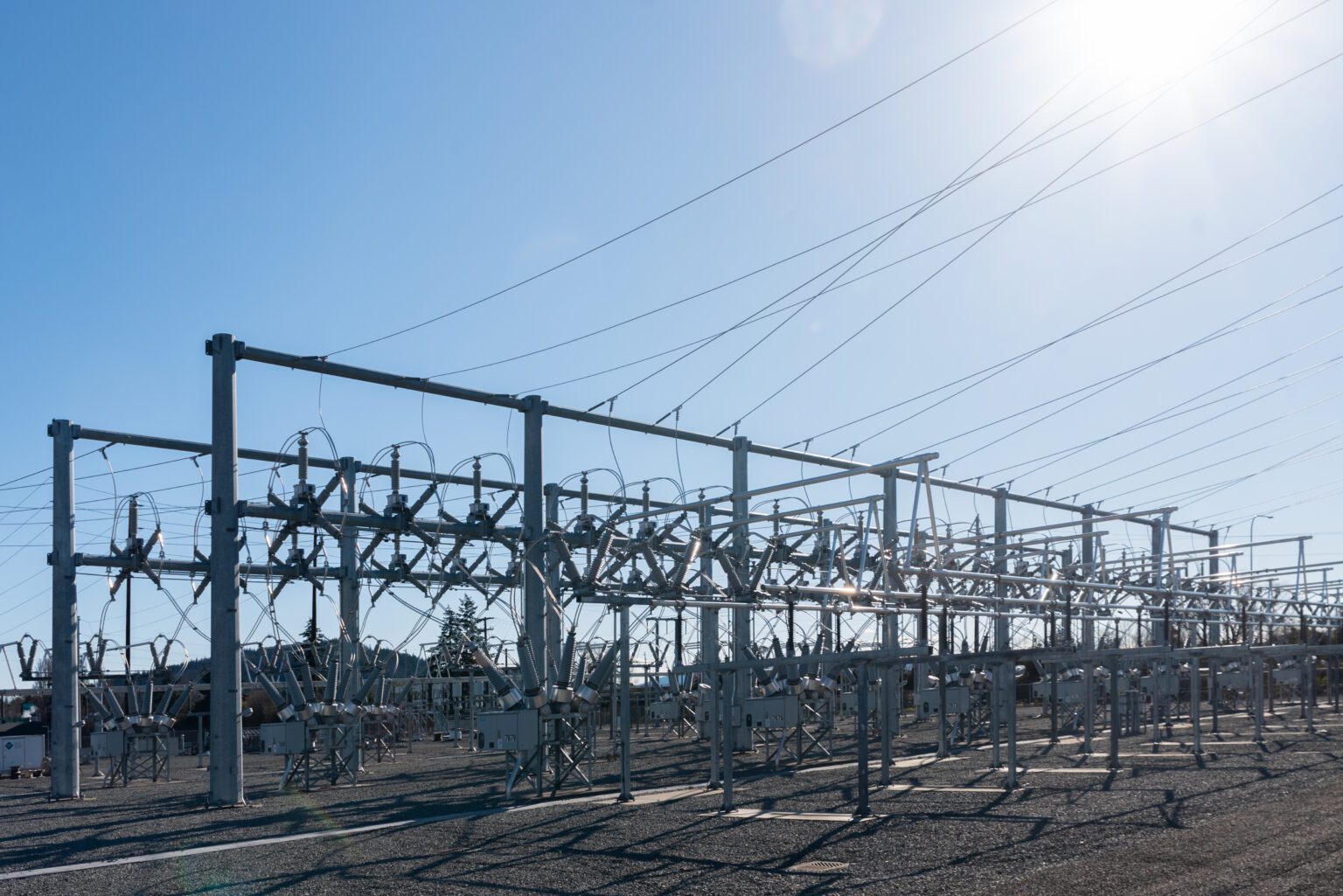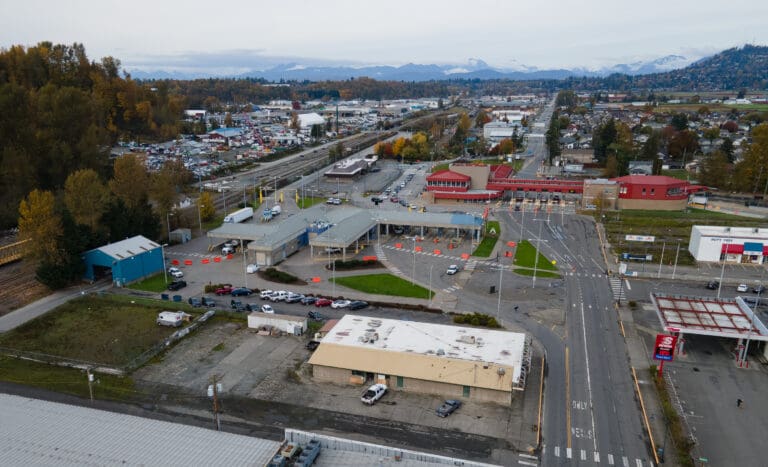The Pacific Northwest will need to significantly augment existing power supplies in coming years to avoid rolling blackouts and other emergency measures, according to reports from the Northwest Power and Conservation Council.
Increasing demand on the region’s electric grid, coupled with unprecedented weather events and other challenges facing critical infrastructure, mean the region will need to add between 750–1,000 average megawatts of energy efficiency, at least 3,500 megawatts of renewable resources and 720 megawatts of demand response to regional infrastructure by 2027, the council said.
“We’re looking to shift to electricity for as much of our energy needs as possible because it’s cleaner and it’s more affordable and it’s more sustainable, and we know how to do it largely without fossil fuels,” said KC Golden, the council’s vice chair from Washington. “It means developing a whole lot more electric energy to serve needs that used to be served by oil and other fossil fuels.”
Developing that much new electricity is no easy task, though. New clean power projects, such as wind farms and solar panels, have smaller production capacities than hydroelectric dams. Washington’s largest wind farm, developed along the Snake River in 2012, only has the capacity to generate about 343 megawatts each year.
Calls to dismantle existing hydroelectric dams, too, mean alternatives will be necessary. State and federal leaders are still exploring options to breach the lower Snake River dams, which produce an average of 1,004 megawatts of power each year. Removal of the dams means those megawatts will need to be replaced.
The council, created by the 1980 Power Act, is planning for significant uncertainty in energy capacity and availability in the coming years, representatives said during an April 12 media brief.
Challenges, they said, include shifting state and federal legislation, increasing demand on the electric grid from an influx of electric vehicles and other previously fossil-fuel-powered projects and an increasingly volatile climate.
Turbulent weather like heat waves, abnormal freezes, major floods and wildfires drastically increase demand on the electric grid.
In Texas, energy companies spent last summer pleading with residents to not use large appliances or air conditioning during soaring temperatures. In Ohio, power grids were strained last June when temperatures hit 100 degrees and almost 200,000 residents were without power. In Nebraska, rolling blackouts in the winter of 2021 meant Omaha residents faced temperatures 23 degrees below zero without heat when the grid failed.
And in Washington, a 2021 heatwave killed 100 people, including three in Whatcom County. Those heatwaves, the state Department of Health said, are likely to happen more often. Severe flooding in the region, too, displaced hundreds and destroyed local homes and businesses in November 2021.
“These are really unprecedented extremes, and new and more challenging circumstances for the electric power system,” Golden said April 12. “The Northwest is somewhat uniquely positioned to address these challenges in part because of the Northwest Power Act of 1980 and learning from the mistakes that created the need for that act over 40 years ago.”
Other challenges, council staff said, include changing legislation in the region.
“The Climate Commitment Act [CCA] in Washington — this will add significant load to the power system as we decarbonize,” said Jennifer Light, the council’s director of power planning.
The state’s 2021 CCA, a major package committing the state to a significant reduction in greenhouse gas emissions, will put more electric vehicles on the road, increasing the demand for electricity over traditional fossil fuels.
Supply uncertainty, too, will be a challenge. Currently, there is no existing clean power system that is capable of delivering enough energy 100% of the time, Light said.
“With so much of our power system here in the northwest being hydropower, we need to understand and plan around the uncertainty of water being available in any given year when we need it,” Light said. “We’re looking to develop what we would call an adequate system. This is the point where, given all of these uncertainties that we’re planning for, we’ve got the right resources that balance the costs and the risks.”




